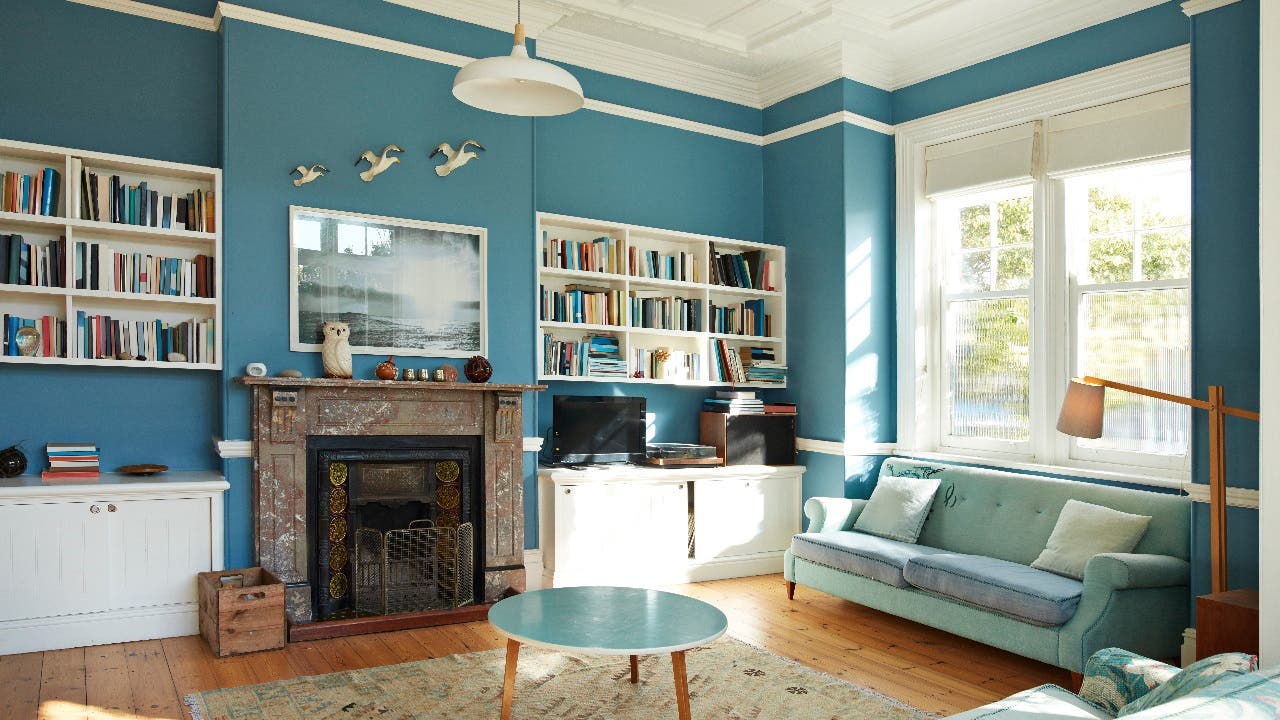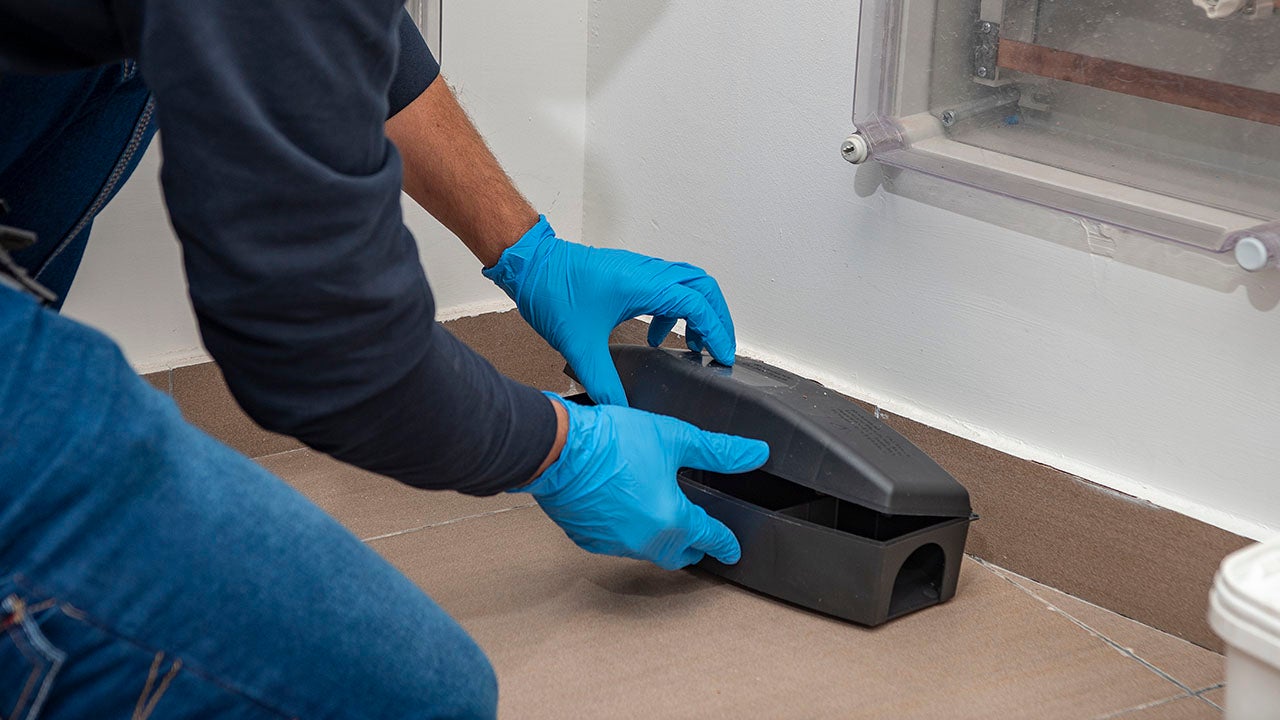Personal property insurance: Are you covered?




Your home, renters and condo insurance policies all include coverage for your personal belongings. Called “Coverage C,” your personal property insurance limit is usually around 50 to 70 percent of your total dwelling, or “Coverage A”, limit. For insurance, if you have a $300K dwelling policy for your home, you likely have between $150K to $210K allotted for your personal belongings. This may sound like a lot, but depending on what you need covered, it may not be enough. Bankrate’s insurance editorial team dives into what you need to know about personal property insurance to make sure your belongings are fully protected.
What is personal property coverage?
When you have home or renters insurance, personal property coverage insures the contents of your home so that they may be repaired or replaced after a covered loss. Your TV, workout equipment, musical instruments, sports paraphernalia and more may all qualify for coverage. Personal property coverage on renters insurance policies typically works the same way as homeowners insurance personal property coverage, but you can choose your own coverage limit (as opposed to it being dependent on something like your dwelling limit).
Keep in mind that in homeowners insurance, personal property insurance is for items for your personal use only. If you run a business in your home, you may need separate business personal property insurance.
How does personal property insurance work?
When your personal belongings are damaged in a covered loss, like theft or a fire, your insurance policy can chip in. Your claim payout will help pay for losses covered under your policy, minus your deductible, up to your coverage limit.
Homeowners insurance companies offer different personal property insurance limits, which is the maximum amount they will pay after a covered loss. When you purchase a policy, you can choose your level of coverage based on the total value of your items. Higher levels of coverage usually mean you’ll pay a higher premium.Most personal property insurance covers your belongings at 50-70 percent of your dwelling insurance. However, you might need less or more coverage depending on the value of your belongings.
There are two ways your insurance company can insure your stuff: at actual cash value (ACV) or replacement cost value (RCV). They differ in how they pay out if and when you need to file a claim. Most policies come standard with ACV coverage, but with an HO-5 (the most robust home insurance policy available), the default may be RCV. If your belongings are insured at actual cash value, you can usually upgrade to replacement cost value for an extra cost. With ACV, your insurer will factor depreciation into your claim payout. It’s usually cheaper than replacement cost value, but your claim payout will be lower. With RCV, your insurance company pays for you to buy a new item based on current market value. Let’s say your five-year-old laptop is stolen, and you originally paid $1,000 for it. Here’s what a claim payout would look like with ACV vs. RCV:
ACV
$1,000 (original value of laptop) – $200 (depreciation) – $500 (policy deductible) = $300 (claim payout)
RCV
$1,000 (original value of laptop) – $500 (policy deductible) = $500 (claim payout)
What does personal property insurance cover?
Your personal property coverage extends to all of your personal belongings, wherever you keep them, with some limitations. This includes the interior of your house, yard, shed, garage and even in hotels when you travel. You’ll have less coverage if you have items that are permanently stored away from your primary residence, such as in a garage unit. However, your items are only protected from covered losses. For example, your insurer will not pay a claim if your lawnmower breaks down or you want to upgrade your refrigerator.
While standard coverage may be sufficient for some people, others might need to boost their coverage for added financial protection. To determine how much personal property insurance to purchase for your policy, most insurance professionals recommend figuring out how much coverage you need based on the total value of your belongings and where you live.
Insurers will cover your dwelling and personal property differently depending on the type of homeowners insurance policy you have. An HO-3 policy covers dwelling on an open perils basis, but personal property is covered on a named perils basis. In contrast, an HO-5 policy covers both dwelling and personal property on an open perils basis.
Your car insurance policy does not cover personal items in your vehicle. If someone breaks into your vehicle and steals your belongings, like your purse, laptop or sunglasses, you’d need to file a claim with your home, renters or condo insurance policy for those items.
“When my car was vandalized and broken into, I thought my car insurance policy would cover it. After all, I had a full coverage policy. But, my car insurance company told me that I would need to file a claim under my home insurance policy, which was frustrating because I had to pay two deductibles.”
— Bankrate Staffer
Open perils policy
An open perils policy covers your personal belongings from any type of accidental damages that are not explicitly written as an exclusion in your policy. For this reason, they are typically more expensive than named perils policies.
Named perils policy
If you have a named perils policy, the insurance company will only cover certain losses that are specifically stated in your insurance policy. Named perils usually cover the following 16 sources of damage:
- Fire or lightning
- Windstorm or hail
- Explosion
- Riot or civil commotion
- Aircraft
- Vehicles
- Smoke
- Vandalism
- Theft
- Volcanic eruption
- Falling object
- Weight of ice, snow or sleet
- Accidental water overflow or steam
- Sudden and accidental tearing apart, cracking, burning or bulging of certain household systems
- Freezing
- Sudden and accidental damage from artificially generated electrical current
For either policy, you will need to determine the dollar amount of how much coverage you need. That will likely depend on the value of your items, where you live, how much financial risk you’re willing to take and the amount you can afford to pay if you had to replace your items.
Personal property vs. scheduled personal property
When you purchase homeowners or renters insurance, you will see that standard personal property coverage is included in the policy. This provides coverage up to a specific dollar amount for your personal belongings. While the average standard personal property coverage will pay to repair or replace items like furniture, clothing, appliances and tools, you may want to assess that your coverage limits are sufficient if you have high-value items.
If you’d like more coverage than what comes with your standard policy or you have a high-value collection, consider purchasing scheduled personal property insurance. Scheduled personal property insurance is optional coverage that provides higher limits, in some cases providing the full value of the item. For example, if you have expensive photography equipment that is valued over your policy’s standard personal property sublimit, scheduled personal property could help ensure your equipment is covered for its full value.
I’ve always been one to have renters insurance and I make changes to it as needed. When my mother died, she left me a canary diamond ring worth $15,000. I added what my insurer calls a Valuable Personal Property rider to cover it. I also added a rider to cover my MacBook Air.
— Bankrate Lead Credit Cards Writer
| Standard personal property coverage | Scheduled personal property coverage | |
|---|---|---|
| Coverage definition | Included in your homeowners policy to provide coverage for your personal items | Optional endorsement that provides coverage for high-value items that might not be covered under a standard policy |
| Best suited for | Homeowners looking for basic coverage or lower premiums | Homeowners with high-value items or valuable collections |
| May cover | Furniture Appliances Electronics Clothing Tools Kitchenware |
Jewelry Fine art Firearms Antiques Musical instruments Bicycles Sporting equipment Silver or gold |
What are personal property sublimits?
Your home insurance policy may limit how much coverage you have for valuable items, like jewelry, artwork, silver and other things that are more likely to be stolen. For items like these, your home insurance policy may apply what’s called a sublimit or special limit of liability, which can cap your claim payout. Even if you have $150K in personal property coverage, your insurance policy may limit, for example, jewelry theft claims to $1,500. Some common personal property theft sublimits include:
| Item | Sublimit |
|---|---|
| Cash, coins and other precious metals | $200 |
| Securities, manuscripts and other paperwork | $1,500 |
| Watercraft, including trailers and equipment | $1,500 |
| Jewelry, furs, watches, precious and semiprecious stones | $1,500 |
| Firearms | $2,500 |
| Silverware, goldware, pewterware | $2,500 |
Remember, these special limits usually only apply for theft claims.
Frequently asked questions
You may also like

Does home insurance cover rat damage?

Homeowners insurance exclusions

Does homeowners insurance cover you when hosting a party?

